The Independent's journalism is supported by our readers. When you purchase through links on our site, we may earn commission. Why trust us?
8 best pasta makers for nonna-worthy spaghetti, ravioli and more
Bring a taste of Italy to your kitchen with these top buys
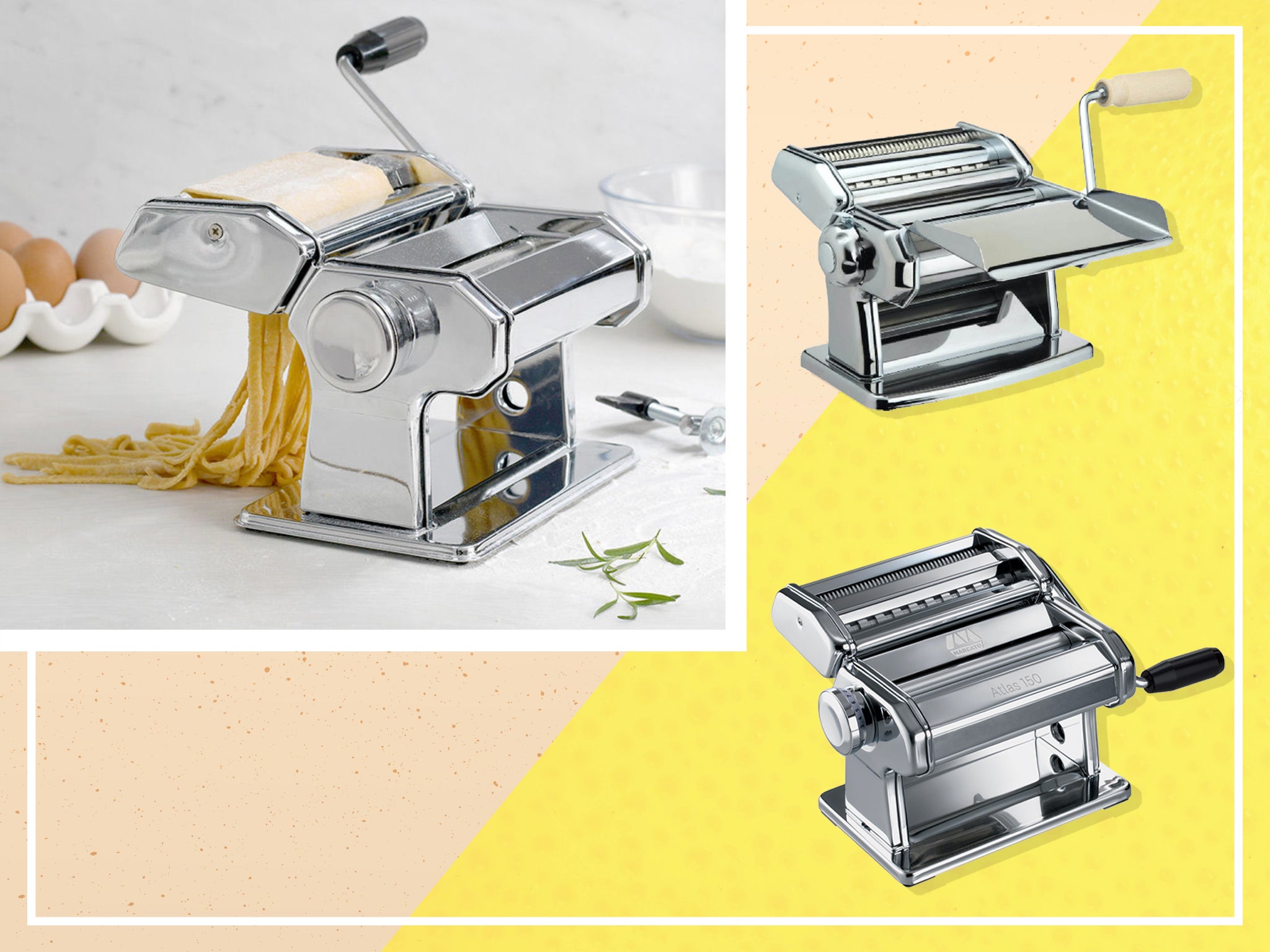
Like sourdough, banana bread and jigsaw puzzles, homemade pasta was one of the many activities we used to occupy ourselves with during the never-ending lockdowns of 2020 and early 2021.
But while it was initially born out of boredom and our desperate desire for the sort of pasta we’d become accustomed to in Italian restaurants, our early forays soon proved the process of making it fresh was almost as enjoyable as the results.
“I had a pasta machine for years before I was brave enough to use it; for some reason I thought it would be a performance,” writes Nigella Lawson in the preamble to her fresh pasta recipe in Nigella Bites. “But I tried and it isn’t – and I rather like the mood of peaceful concentration the activity ushers forth.”
Strictly speaking, you don’t even need a pasta machine. Before its invention in 1930, every nonna in Italy went without – and many still do. A decent rolling pin, a sharp knife and some stencils will do the trick eventually – but eventually is the operative word.
A good pasta machine – and by good we mean sturdy, smooth and easy to set up and operate, with good grip and clear instructions – will halve the time and effort you spend rolling and cutting. Some even save you the effort of kneading.
We tried and tested these pasta makers with Nigella’s dough recipe and BBC Good Food’s instructions, which are a bit more comprehensive if you’re a nervous cook or a beginner.
Don’t scrimp on the quality of your eggs: that’s where the inimitable flavour of fresh pasta comes from, and a better egg will give a more beautifully golden dough.
The best pasta makers for 2023 are:
- Best overall – KitchenAid 5KSMPRA pasta sheet roller and cutter: £169, Argos.co.uk
- Best pasta-making kit – Pasta Evangelists northern Italy pasta-making kit: £30, Pastaevangelists.com
- Best for stylish looks – Marcato atlas 150 pasta maker: £64, Boroughkitchen.com
- Best compact pasta maker – ProCook pasta maker: £29, Procook.co.uk
- Best multi-purpose machine – Marcato electric pizza, bread and pasta fresca machine: £369, Boroughkitchen.com
- Best with varied attachments – Imperia Italian SP150 double cutter pasta machine: £63.99, Cater-connect.co.uk
- Best budget option – Lakeland pasta machine: £29.99, Lakeland.co.uk
- Best pasta-cutter rolling pin – Eppicotispai pasta cutter rolling pin: £7, Divertimenti.co.uk
1KitchenAid 5KSMPRA pasta sheet roller and cutter

- Best Overall
- Dishwasher safe No
- Pasta thickness Pasta sheets up to 15cm wide
- Includes Adjustable pasta roller, fettuccine cutter, spaghetti cutter
Clearly the viability of this pasta maker is entirely contingent on you already having a KitchenAid – and they don’t come cheap. Nonetheless, this attachment, which comes in three parts – spaghetti cutter, fettuccine cutter and basic pasta roller – seriously upped our pasta game.
The KitchenAid turns the rollers for you, leaving both hands free to feed the pasta through and catch it when it comes out; and the height of the stand was perfect for allowing a good quantity of pasta to flow through without getting bunched at the bottom. If you own a KitchenAid and like making pasta, this is a win-win situation: all the satisfaction of making your own fresh dough, with far less of the fuss.
2Pasta Evangelists northern Italy pasta-making kit

- Best Pasta-making kit
- Dishwasher safe No
- Pasta thickness N/A, all handwork
- Includes Square ravioli stamp, gnocchi board, fluted pasta cutter, tapered rolling pin, 1kg Italian pasta flour, Italian sea salt and recipe cards
If you get nervous around technology, this four-piece set allows you to exercise (and exercise is the operative word here – it’s thirsty work) total control over your pasta. It’s a reasonably priced box, with a lot of pasta bang for your buck: beechwood rolling pin, straight pasta cutter, ridged gnocchi maker and square ravioli stamp, as well as the finely milled “double zero” flour and Italian sea-salt crystals.
All of the equipment can fit in the cupboard of a small kitchen. It’s beautifully packaged (this doesn’t affect the quality of the end product, of course, but it heightens the experience), and even includes tips and recipes from Pasta Evangelists’ Italian chef.
3Marcato atlas 150 pasta maker

- Best For stylish looks
- Dishwasher safe No
- Pasta thickness Lasagna with a maximum width of 150mm, 6.5mm fettuccine and 1.5mm tagliolini
- Includes Built-in attachments for lasagna sheets, fettuccine and tagliolini
This is known as the Ferrari of pasta machines, and for good reason: not only is the Marcato Atlas 150 a dream to look at, its patented aluminium rollers offer a deliciously smooth ride. Of course, if you’re bunging it in a cupboard, the former doesn’t matter much, but if you need a pasta machine that can stand up to scrutiny all day every day, you’ll be wanting one that looks as fine and dandy as this.
It comes in a number of shades – copper, pink, red, cobalt blue, green and the classic chrome (or “silver wellness” as it’s known) – and has three different pasta cutters as standard (fettuccine, tagliolini, and lasagna). There are also many, many more you can buy, which is why it’s the go-to in Italy. Indeed, Otello Marcato was the first person to invent the pasta-rolling machine in the 1930s.
Though it comes with a hand crank, there is the option of purchasing an electric motor for it, should the old-school method do nothing for you. It’s as easy to set up as it is to use (the instructions are comprehensive) and you can use one hand to change levels while the other holds the pasta, should you be doing this by yourself.
We found the pasta that resulted was of better quality, too: it picked up the sauce better, and retained a more defined shape. At £64 it’s an investment, but totally worth it if you love the taste of fresh pasta and are looking to go on something of a journey with the technique behind it. We‘re particularly taken by the idea of the bespoke ravioli attachment, which simultaneously fills and seals sheets of the stuffed pasta. It’s not dishwasher safe, but it’s easy enough to wipe down with a cloth.
4ProCook pasta maker

- Best Compact pasta maker
- Dishwasher safe No
- Pasta thickness Eight settings
- Includes Slide-in attachment, secure clamp, turning handle
If it’s a shiny, classic chrome number you’re after – one compact enough for a kitchen cupboard but sturdy enough to survive frequent use – then this from ProCook is your best budget option. Its functionality ranges from lasagne to linguini, and the quality of fresh pasta sheet it produces is more than sufficient for anything else you wish to make, such as pappardelle or ravioli.
It’s not as smooth an assembly as the Marcato Atlas 150 (£64, Boroughkitchen.com); there’s a bit of jiggling around and it doesn’t feel as stable, nor is it as pleasing on the eye. It is, however, less than half the price – so, if making fresh pasta is a fairly infrequent pastime in your household, this should be your go-to.
5Marcato electric pizza, bread and pasta fresca machine

- Best Multi-purpose machine
- Dishwasher-safe No
- Pasta thickness Nine options
- Includes Attachments for lasagna, fettuccine and tagliolini
Another of Marcato’s mixers, only this time it’s all electric. The patented aluminium rollers that give Marcato-made pasta its quality of texture and shape are once again here but there are also a whole host of added extras too. Not only is it capable of mixing and kneading pasta dough, it also has the ability to make up biscuit, bread and pizza mixes too, all in three minutes flat, meaning you’ve really got an Italian restaurant comprised in one gadget. The cutters and rollers are all electrically operated too, should the joys of mixing and kneading your own be lost on you.
That said, it’s close to £400, and for that same price you could buy a pretty decent stand mixer and pasta attachment. When you compare it with KitchenAid’s pasta maker (£169, Argos.co.uk) we actually found this one slightly harder to operate, on account of the speed at which it rolled.
There’s undoubtedly merit in having a mixer included with this pasta maker, but it’s not going to be for everyone.
6Imperia Italian SP150 double cutter pasta machine

- Best With varied attachments
- Dishwasher safe No
- Pasta thickness Six variable sizes
- Included Tagliatelle and fettuccine cutters
Imperia is another established Italian brand, and this offers much the same ease of use as the Mercato Atlas 150. Though it only comes with tagliatelle and fettuccine cutters, the range of available accessories to buy include round spaghetti, capelli d’angelo, tagliatelle, ternate, lasagnette, pappardelle, ripple-edged reginette, raviolini, ravioli, cavatelli, gnocchetti sardi and rigatelli – so it’s an incredibly versatile machine. It’s also sturdy, clamps firmly to your work surface, and boasts a wooden handle, which is easy on your eye and your hands.
7Lakeland pasta machine

- Best Budget option
- Dishwasher safe No
- Pasta thickness Eight settings
- Includes Fettuccine and tagliatelle cutters
It’s hard to argue with a product that costs £30 and – on a good day – produces pretty decent fettuccine or tagliatelle (cutters for which are included). Lakeland’s model is easy to set up, compact enough to store and attaches securely to the work surface. The only issue is the cutting of the pasta shapes, which is less clean and reliable than it could be and, if it goes wrong, results in a fair bit of disentangling at the other end.
Repeated tests by us suggested that this machine is fine if you’ve nailed your dough, but if it’s anything less than perfect, the results might disappoint you. One for someone who is confident in their dough making, and looking for a more budget option.
8Eppicotispai pasta cutter rolling pin

- Best Pasta-cutter rolling pin
- Dishwasher safe Yes
- Pasta thickness N/A as all handwork
- Included Pasta-cutter rolling pin
It would be remiss to write about pasta makers without including another of the most tried, tested and basic methods around: the pasta-cutter rolling pin. Many versions are available, and the prices tend to hover around the £5 to £8 mark. We liked these ones in particular – which you can buy for either spaghetti, pappardelle or fettuccini – for the quality of the wood, the length, and the price. For £19.50 you can buy the set, and there’s no worrying about how to wash it. If you fancy making pasta without a machine, but are not quite steady enough of dab hand to produce consistent long, strand shapes, this is the one for you.
The fettuccine roller is out of stock at the moment, but you can sign up with your email to be notified when it’s back. However, the spaghetti roller is still available (£7, Divertimenti.co.uk).
The verdict: Pasta makers
If you’re blessed with a KitchenAid, the KitchenAid pasta attachment is a no-brainer. For very little extra storage you have a high-end, easy-to-use electric machine that will produce high-quality pasta with very little effort or time expended – not least because your trusty KitchenAid will also get you most of the way there with your dough.
If you aren’t fortunate enough to be in possession of a KitchenAid, but are looking to make pasta on a frequent enough basis to justify an investment purchase, the Marcato Atlas 150 is a strong second option: smooth, stylish and effective, it also has a reassuring whiff of Italian authenticity about its cool chrome body, patented rollers and sleek black handle.
The ProCook represents the best budget buy: light, compact, effective and affordable. If your fresh pasta habit is infrequent, it’ll do the job nicely; if you’re an addict, it’ll stand you in good stead while you save for the machine of your dreams.
We’ve also found the best air fryers for cooking up a storm in the kitchen


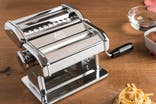






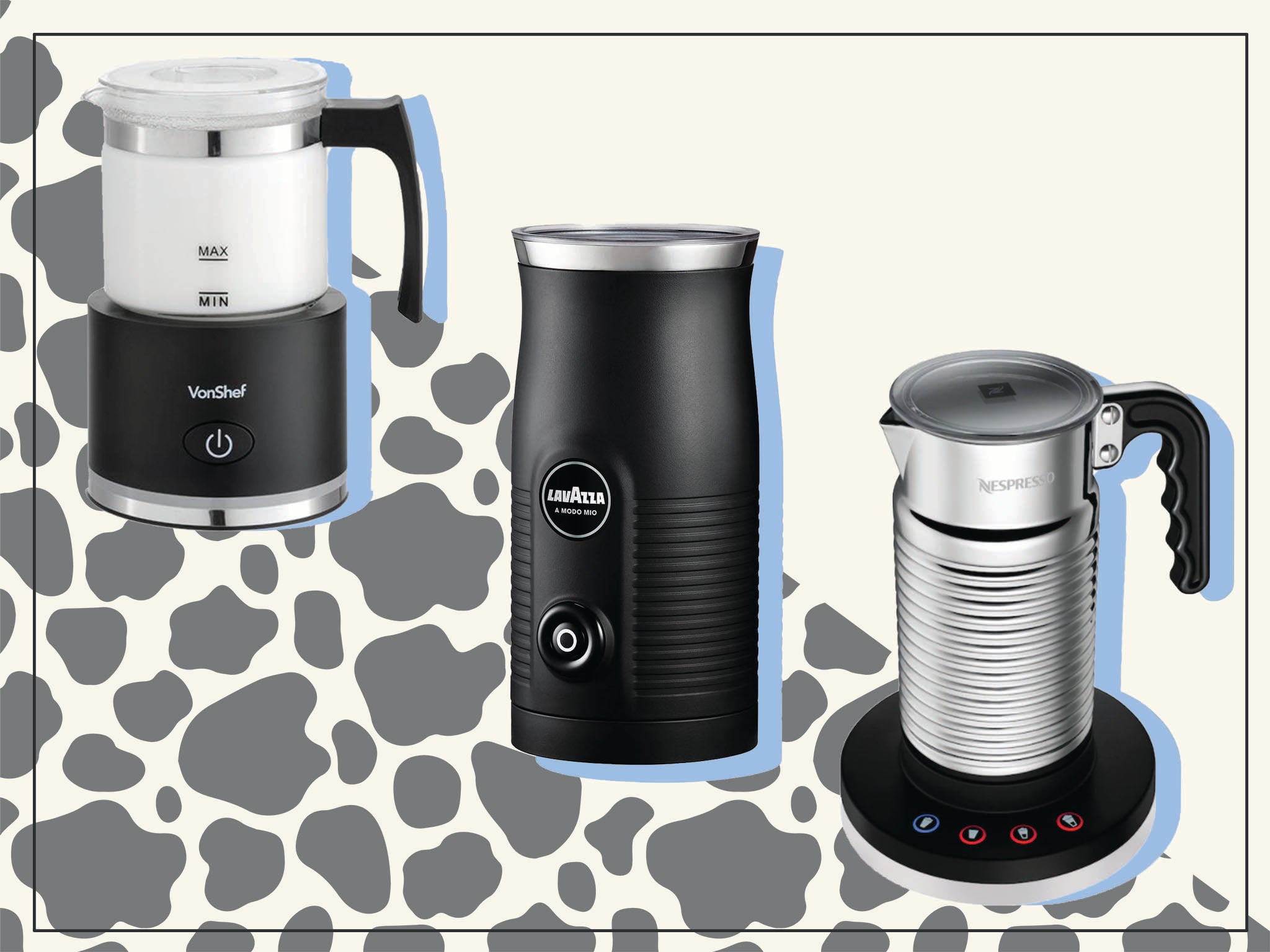
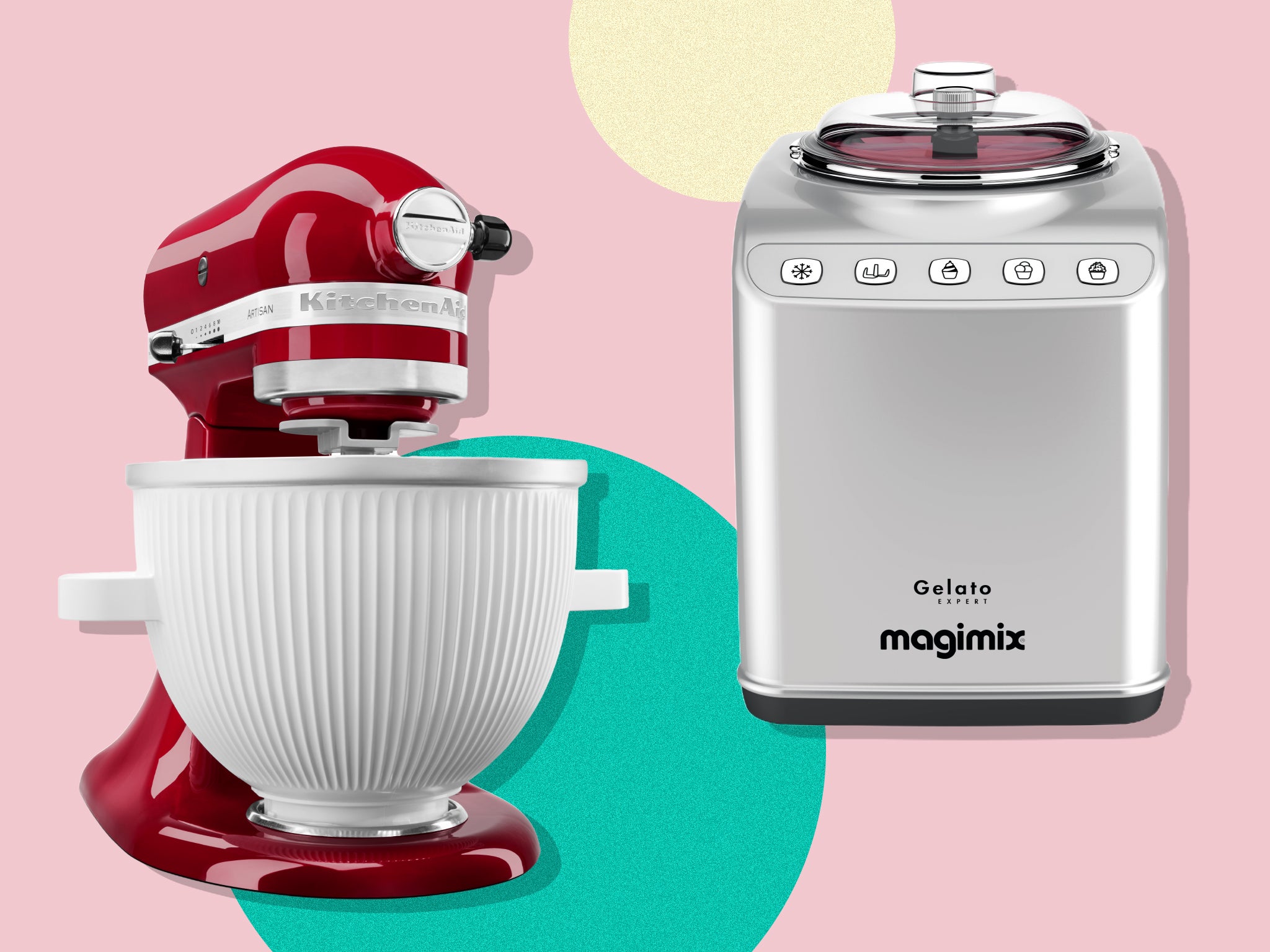
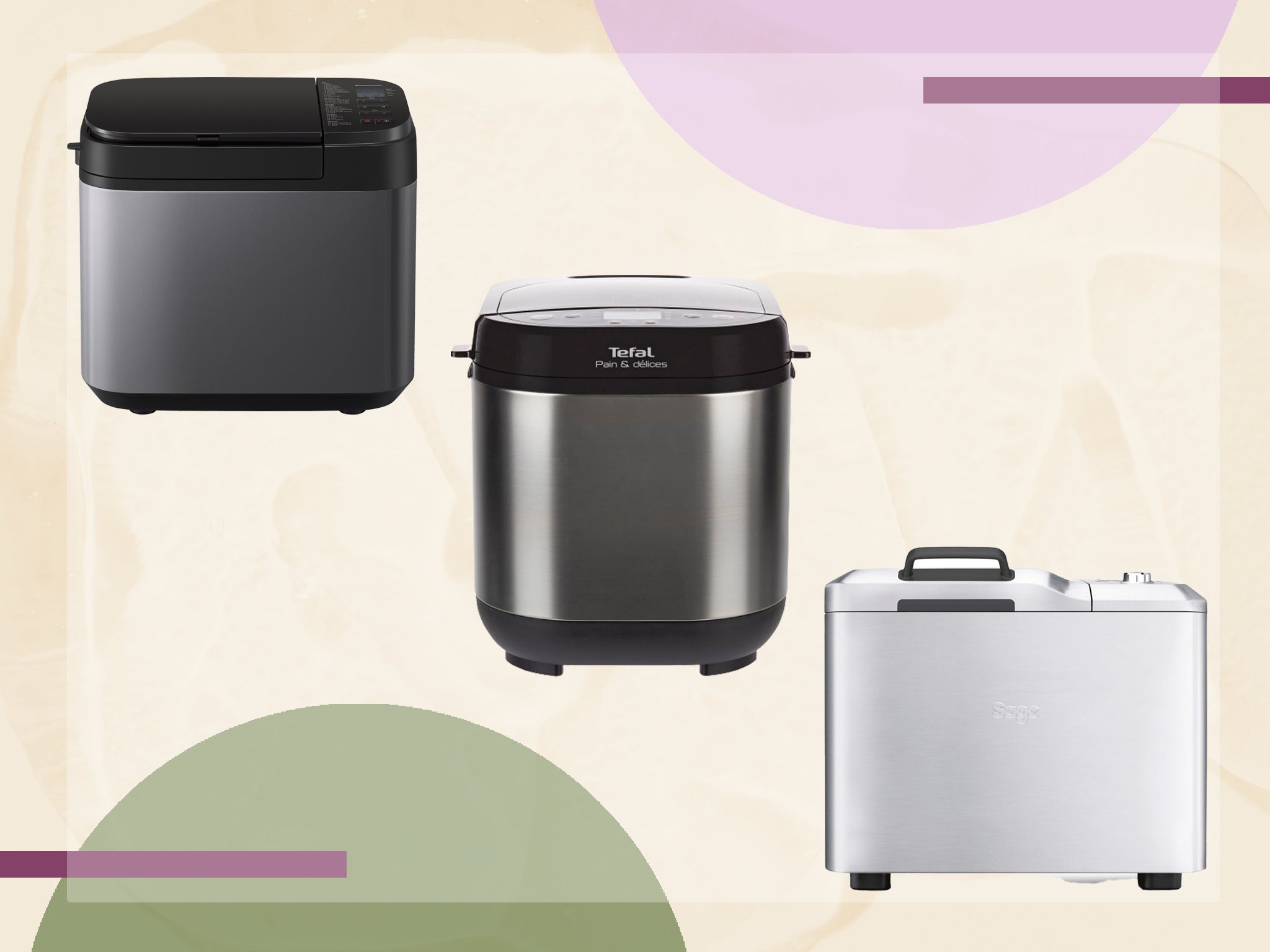
Bookmark popover
Removed from bookmarks